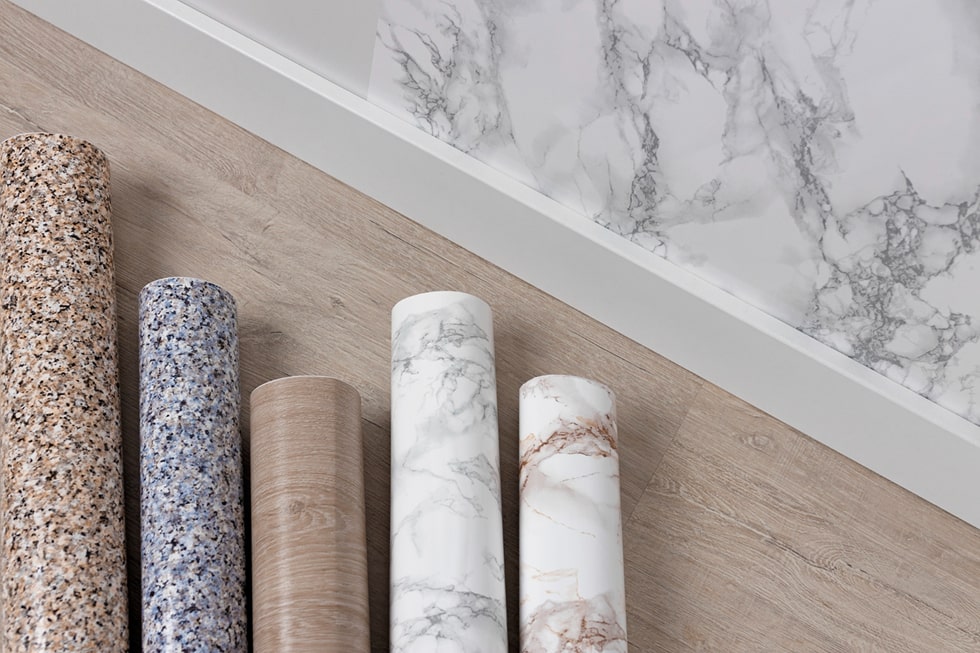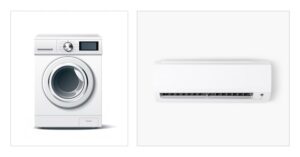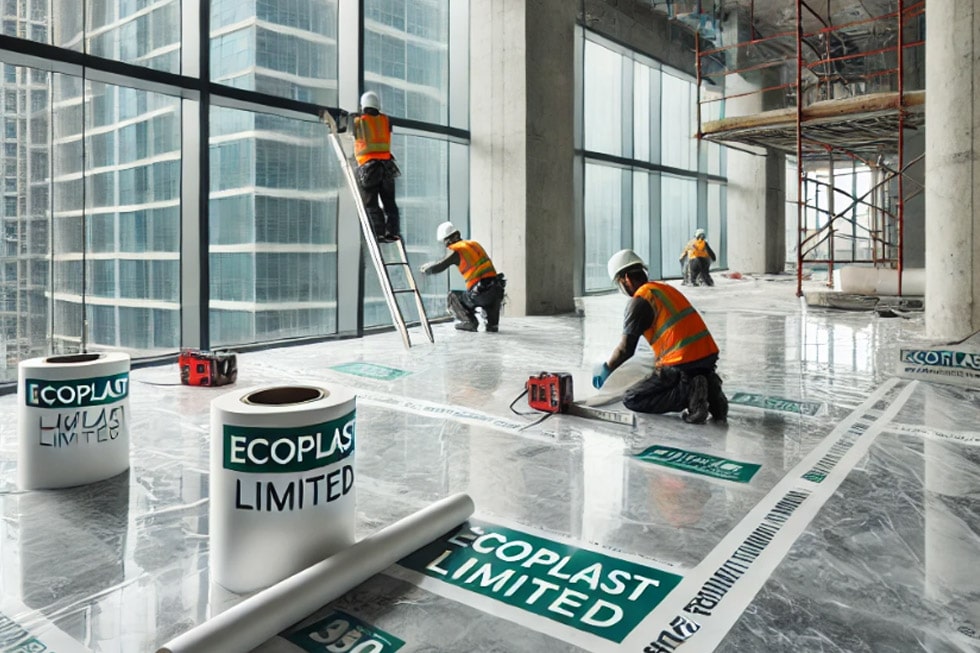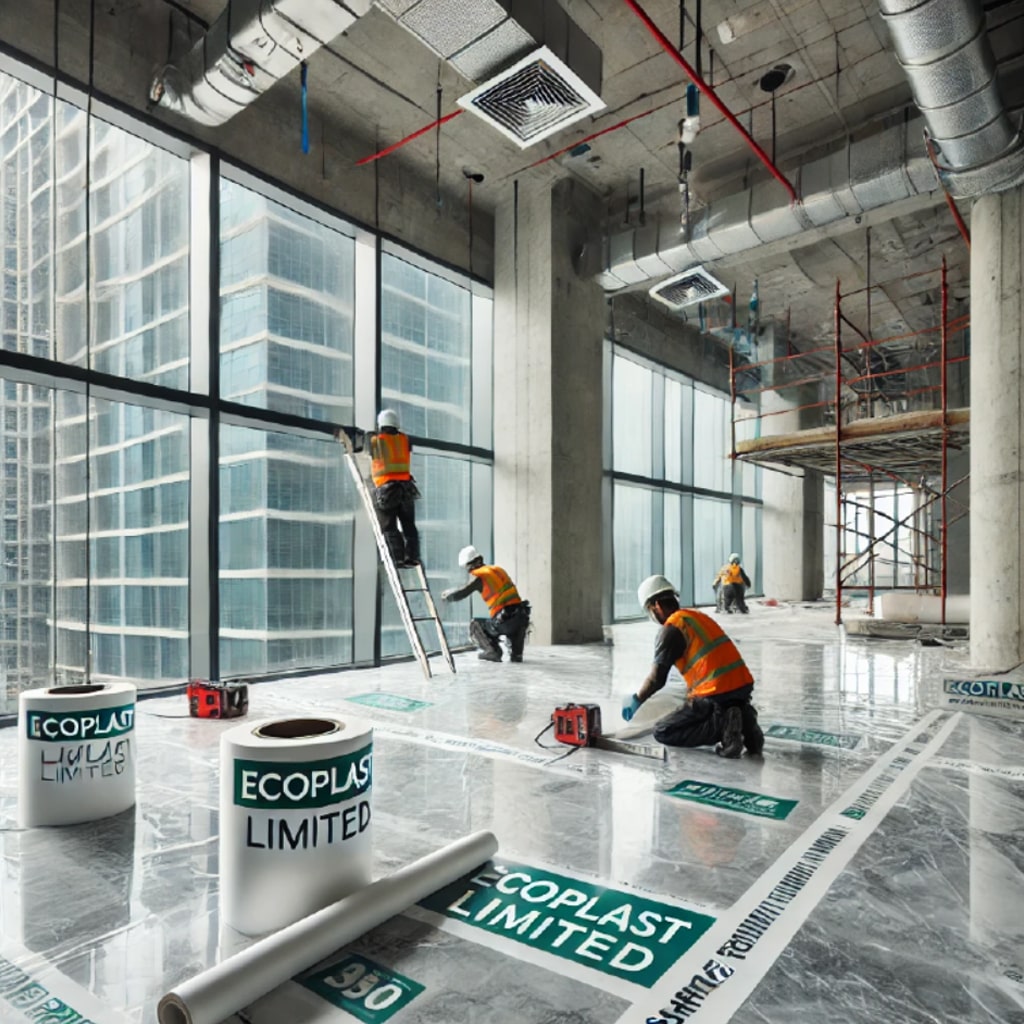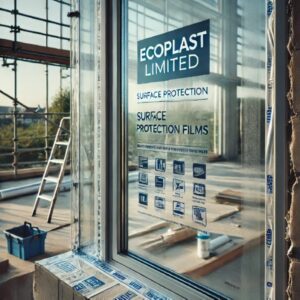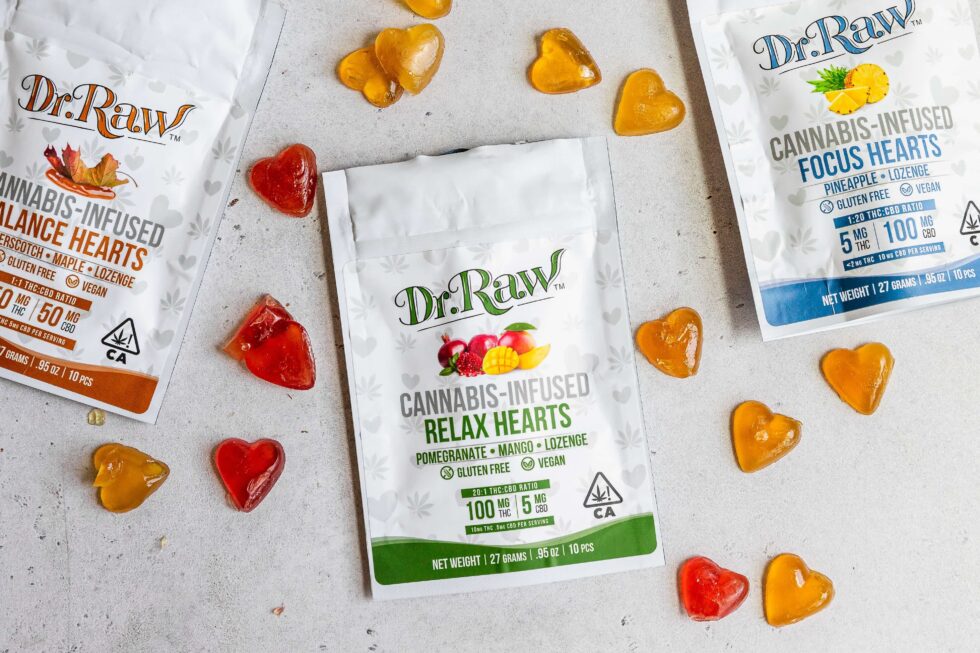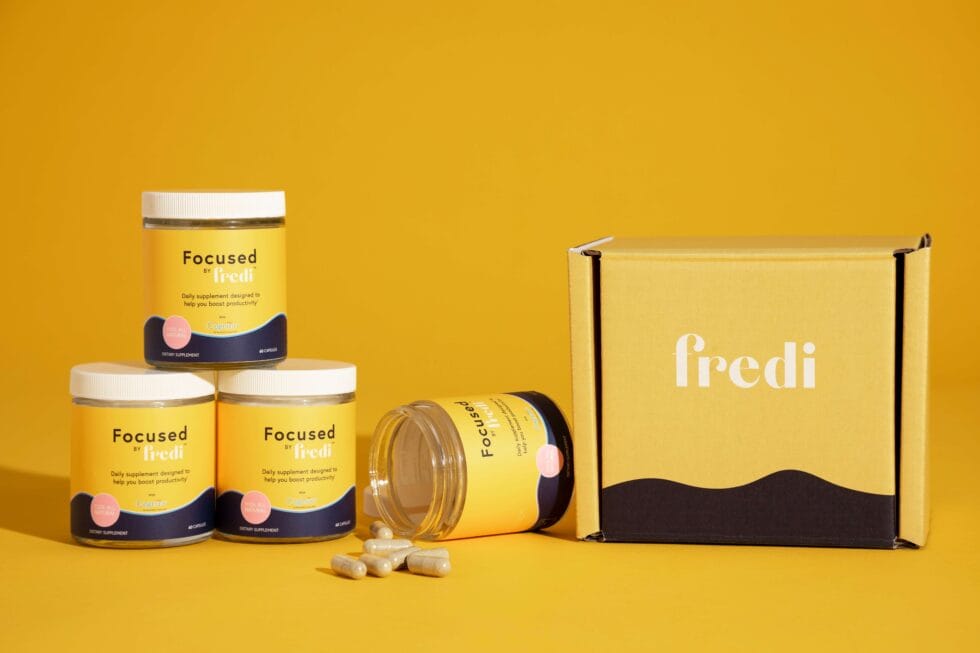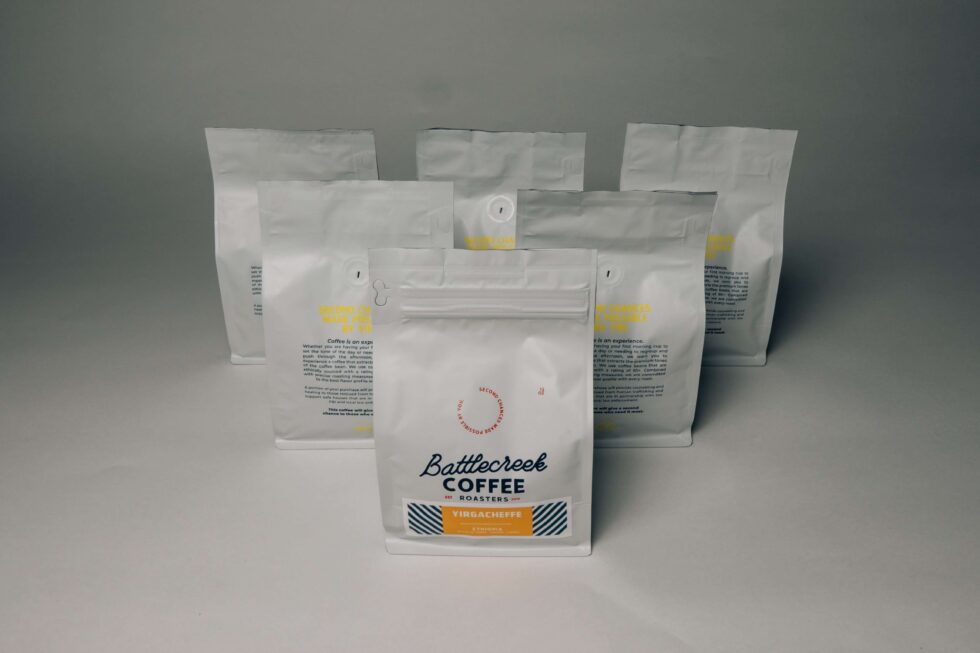In the pharmaceutical industry, safety and hygiene are non-negotiable. From manufacturing to packaging and distribution, every step demands precision, sterility, and protection. That’s where specialty polyethylene films come into play — silent protectors that ensure pharma products reach end users safely and effectively.
But what exactly are these films, and why is the specialty polyethylene film important growing in pharmaceutical applications?
Let’s take a closer look.
What Are Specialty Polyethylene Films?
Specialty polyethylene films are engineered plastic films made from customized polyethylene resins tailored for specific uses. Unlike standard plastic films, these specialty variants are designed to meet demanding criteria such as:
- High barrier properties
- Moisture and oxygen resistance
- Anti-static and chemical-resistant coatings
- Cleanroom compatibility
- Tailored thickness and optical clarity
These films aren’t just packaging materials — they’re a critical component of pharma product protection.
Why Safety Matters in Pharma Packaging
Pharmaceutical products are extremely sensitive. Whether it’s a blister pack, a bottle of tablets, or an injectable solution, each product must be protected from:
- Contamination (microbial, particulate, or chemical)
- Moisture or humidity that may degrade drug potency
- Oxygen that causes oxidation
- UV rays that can alter chemical structure
- Electrostatic discharge in the case of sensitive powders or materials
A packaging failure isn’t just an inconvenience — it can lead to product recalls, legal consequences, and health risks for patients.
What is the Role of Specialty Polyethylene Film in Pharma?
The role of specialty polyethylene film in pharma is centered around enhancing product safety, shelf-life, and compliance. Let’s explore the key functions of these films in pharmaceutical packaging.
1. Barrier Protection Against Moisture and Oxygen
Moisture and oxygen are among the biggest threats to pharmaceutical stability. Specialty polyethylene film for pharma product applications provides superior barrier protection, ensuring sensitive items like effervescent tablets and biologics remain effective over time.
Multilayered films — including those with EVOH or metallized layers — are commonly used to block out environmental exposure, preserving drug quality.
2. Sterility and Cleanroom Compliance
Many pharma applications require packaging that’s cleanroom-compliant. These specialty films:
Are manufactured under GMP-compliant, ISO-certified cleanroom conditions
- Exhibit minimal particulate generation
- Are compatible with sterilization methods like gamma and ETO
- Comply with global pharma standards (FDA/EU)
This makes them ideal for sterile and semi-sterile packaging environments.
3. Chemical Resistance for Harsh Formulations
Certain pharmaceuticals — especially APIs and injectable drugs — require packaging that doesn’t interact with the formulation.
Specialty polyethylene films can be engineered with:
- Anti-leaching and migration-prevention coatings
- High chemical resistance for aggressive compounds
- Co-extruded protective layers for added security
This makes them ideal for sterile and semi-sterile packaging environments.
4. Anti-Static and ESD Protection
For pharma powders or sensitive formulations, anti-static properties are essential. Specialty polyethylene film for pharma product applications can include:
- Anti-static layers that prevent powder sticking
- Electrostatic dissipation for safe automation
- Cleaner operations with less downtime due to static buildup
5. Tamper-Evident & Trackable Packaging
Security in the pharma supply chain is paramount. These films can be customized to include:
- Tamper-evident seals
- RFID, QR codes, and traceability features
- Unique surface finishes for anti-counterfeiting
- This not only secures the product but also aids in regulatory compliance.
This not only secures the product but also aids in regulatory compliance.
About Ecoplast – Your Partner in Pharma Product Safety
Ecoplast Ltd. is a leading manufacturer of specialty polyethylene films, trusted by global pharmaceutical brands for over 40 years. We deliver pharma-grade films designed for critical applications such as:
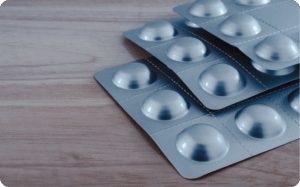
- Triplex Blister Packaging
Specialty PE films are engineered to form a flexible layer between PVC and PVDC in composite laminates, providing superior protection for solid oral doses like tablets and pills.
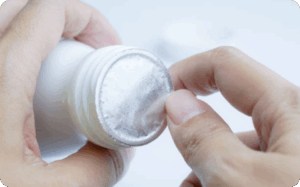
- Specialty PE Films for Induction Sealing Wads and Lidding Materials
Used as the sealant layer for HDPE, PP, and other plastic containers, offering reliable sealing performance and product integrity.
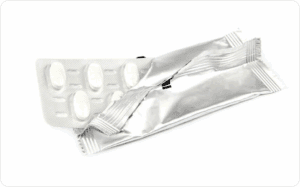
- Films for Suchers
Specialty PE films designed for packing Suchers and similar medical products, featuring low-temperature sealing to preserve product properties and easy-tear functionality for effortless opening in medical environments.
All our films are manufactured in ISO-certified cleanroom facilities, ensuring the highest levels of purity, sterility, and compliance with FDA and EU standards. They are compatible with gamma, steam, and ETO sterilization processes, delivering unmatched protection and performance across a wide range of pharmaceutical applications.
At Ecoplast, we recognize the critical role of specialty polyethylene films in safeguarding pharmaceutical products, supporting regulatory compliance, and advancing sustainable packaging solutions.
Conclusion: A Critical Layer of Protection
The role of specialty polyethylene film in pharma safety goes beyond packaging — it’s about protection, preservation, and performance. These films help pharmaceutical companies deliver safe, effective products while enhancing brand trust and meeting global regulatory expectations.
If your organization is looking to elevate pharma packaging with smarter, safer solutions, it’s time to explore what specialty polyethylene film for pharma product applications can do — and Ecoplast is here to help.

